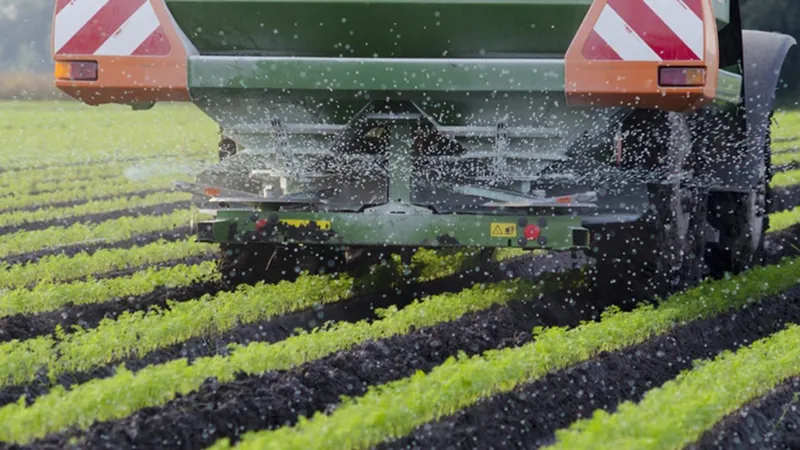
Revolutionary Software Develops Eco-Friendly Pest Control Solutions
2025-07-09
Author: Emma
Innovative Pest Control Without Harmful Chemicals
In a groundbreaking advancement, researchers from the University of Queensland, Australia, have unveiled a new software that designs pest control solutions free from synthetic chemicals and genetic modification.
Harnessing Nature's Own Defense
The revolutionary open-source software, named dsRNAmax, leverages RNA interference (RNAi)—a natural mechanism to target and eliminate pests and pathogens. This method applies double-stranded RNA (dsRNA) directly to plants, disrupting the genes of harmful organisms like insects, viruses, fungi, and parasites.
Custom Solutions for Pest Management
With this cutting-edge software, the researchers are steering towards customizable pest killers. These solutions aim to effectively target a multitude of pest species while preserving beneficial organisms—those vital insects and microorganisms that contribute positively to crop growth.
Behind the Innovation: Meet the Research Team
The research was spearheaded by PhD student Stephen Fletcher and Chris Brosnan, a research fellow at the Queensland Alliance for Agriculture and Food Innovation. Their goal was clear: design a single dsRNA structure usable on nearly any crop while ensuring no adverse effects on beneficial species.
Real-World Testing with Impressive Results
In laboratory trials, the software successfully created a dsRNA structure targeting four species of root-knot nematodes—tiny, worm-like parasites. Notably, the design ensured no impact on the C. Elegans nematode, demonstrating the software's precision in excluding non-target species.
A Sustainable Alternative to Traditional Methods
The adoption of dsRNA structures presents a sustainable alternative to conventional synthetic pesticides. A UN report from 2022 indicated that pests alone cause around $220 billion in annual agricultural losses, yet common protective measures often bring environmental harm. Genetic modification methods have also faced hurdles with public acceptance, highlighting the need for innovative solutions like dsRNAmax.
Future Enhancements on the Horizon
Despite existing software attempting similar designs for decades, many have struggled to create a versatile dsRNA structure. The Queensland team is now eager to optimize dsRNAmax further, employing machine learning to enhance effectiveness by 5-10%. Fletcher emphasized that this improvement could significantly lower costs, making eco-friendly pest management more accessible.









 Brasil (PT)
Brasil (PT)
 Canada (EN)
Canada (EN)
 Chile (ES)
Chile (ES)
 Česko (CS)
Česko (CS)
 대한민국 (KO)
대한민국 (KO)
 España (ES)
España (ES)
 France (FR)
France (FR)
 Hong Kong (EN)
Hong Kong (EN)
 Italia (IT)
Italia (IT)
 日本 (JA)
日本 (JA)
 Magyarország (HU)
Magyarország (HU)
 Norge (NO)
Norge (NO)
 Polska (PL)
Polska (PL)
 Schweiz (DE)
Schweiz (DE)
 Singapore (EN)
Singapore (EN)
 Sverige (SV)
Sverige (SV)
 Suomi (FI)
Suomi (FI)
 Türkiye (TR)
Türkiye (TR)
 الإمارات العربية المتحدة (AR)
الإمارات العربية المتحدة (AR)